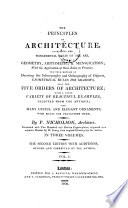 | Peter Nicholson - 1809 - 426 pages
...the third: then say, if the first term given requires the second, what will the third require? II. Multiply the second and third together, and divide the product by the first, and the quotient is the fourth term, or answer, which must be reduced as required. Note. The first... | |
 | Arithmetic - 1811 - 210 pages
...of several denominations, reduce it to the lowest thereof: then multiply the second and third terms together, and divide the product by the first term : the quotient will be the answer in the same denomination as the third term. PROOF. Invert the question, making the answer the... | |
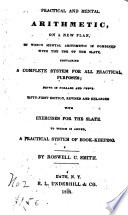 | Roswell Chamberlain Smith - 1814 - 300 pages
...yoj proceed in the operation f -Л. Multiply the second and third terms to* gether, and divide their product by the first term ; the quotient will be the fourth term, or answer, in the same denomination with the third term. Q. How may this process of multiplying and... | |
 | Stephen Pike - Arithmetic - 1824 - 212 pages
...several denominations, reduce it to its lowest denomination; then, Multiply the second and third terms together, and divide the product by the first term : the quotient will be the answer. Note. — The product of the second and third terms is of the same denomination as the third... | |
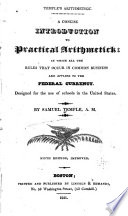 | Samuel Temple - Arithmetic - 1825 - 118 pages
...mentioned. Having properly stated the question, multiply the second and third terms into each other, and divide the product by the first term ; the quotient will be the answer, or number, sought. JVo/e 3. The answer always come: in the same denomination with the middle... | |
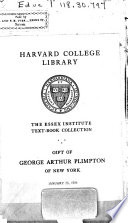 | Roswell Chamberlain Smith - Arithmetic - 1830 - 286 pages
...do you proceed in the operation ? A. Multiply the second and third terms together, and divide their product by the first term ; the quotient will be the fourth term, or answer, in the same denomination with the third term. VII . How may this process of multiplying... | |
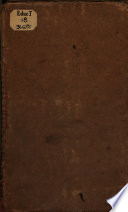 | Arithmetic - 1831 - 198 pages
...several denominations, reduce it to its lowest denomination; then, Multiply the second and third terms together, and divide the product by the first term: the quotient will be the answer. Note. — The product of the second and third termsis of the same denomination as the third... | |
 | Thomas Conkling (W.) - Arithmetic - 1831 - 302 pages
...prepared, proceed by the following Ptule for Working the Question. 1. Multiply the second and third terms together, and divide the product by the first term- The quotient will be the answer to the question in the same name or denomination the second term was left in. This you must... | |
 | Frederick Emerson - Arithmetic - 1834 - 300 pages
...remaining terms the first term, and the greater the second: then multiply the second and third terms together, and divide the product by the first term: the quotient will be the fourth term, or answer. 1. Ifl buy 871 yards of cotton cloth for 78 dollars 39 cents, what is the price of 29 yards... | |
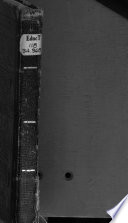 | Frederick Emerson - Arithmetic - 1832 - 344 pages
...two remaining terms the second term, and the greater the first. Multiply the second and third terms together, and divide the product by the first term: the quotient will be the fourth term, or answer. If there are different denominations in the first two terms, they must both be reduced to... | |
| |